No products in the cart.
Linen fabric
Explore the epitome of sophistication with our curated collection of exquisite linen fabric in Sepia Stories. Revel in the sheer luxury of the distinctive linen fabric texture, a testament to its unparalleled quality. From the timeless charm of classic linen cloth to the versatile allure of blends like cotton linen, our selection caters to discerning tastes. Immerse yourself in the natural beauty and breathability of premium cotton and linen fabrics. Whether you seek the crispness of pure linen, Sepia Stories is your destination for refined elegance and enduring style.
Linen fabric material
Discover the epitome of timeless style with our exclusive collection of linen fabric for shirts at Sepia Stories. Immerse yourself in the luxurious feel of meticulously crafted, handwoven linen, boasting a distinctive and sophisticated linen fabric texture. Whether you prefer the classic charm of pure linen cloth or the modern fusion of tradition with our curated cotton linen material, each piece reflects a commitment to unmatched quality and style. Uncover the beauty and breathability of our thoughtfully curated linen fabrics.
Pure linen fabric
Immerse yourself in the understated luxury of our collection, featuring pure linen fabric at Sepia Stories. Explore the refined simplicity and unmatched comfort of our meticulously crafted handwoven linen fabric. Whether you’re drawn to the pristine allure of a classic white linen fabric shirt or seeking the perfect fabric for a kurta, our curated selection caters to discerning tastes. Revel in the natural breathability and timeless appeal of pure linen. Sepia Stories celebrates elegance, with garments that symbolize timeless style, as each thread tells a story of sophistication.
Linen fabric texture
Explore the intricate world of textiles with our premium collection, showcasing the exquisite linen fabric texture at Sepia Stories. Immerse yourself in the unparalleled elegance of our curated selection, including pure linen fabric for shirts and the unique allure of jute linen fabric. Admire the craftsmanship of our artisans with the distinctive feel of handloom linen fabric that weaves stories of tradition and skill. Mark, the legacy of India’s linen weavers with our thoughtfully selected materials. Our cotton linen blend fabric embodies the perfect blend of tradition and modernity.
Linen fabric for clothing
Explore the embodiment of sophistication with our collection of linen fabric for clothing at Sepia Stories. Delve into the rich history and unmatched allure, discovering the distinctive characteristics of linen that make it a perennial favorite. From the enduring charm of pure linen cloth to the intricate beauty of handwoven linen fabric, each piece is a testament to craftsmanship. Gain insight into the origins of this luxurious material and its evolution. Embrace the seamless blend of tradition and comfort with our curated selection of cotton linen fabric, where every thread weaves a story of timeless elegance, exclusive to Sepia Stories.
Linen fabric history
Embark on a journey through the rich tapestry of time with the captivating history of linen in India at Sepia Stories. Explore the cultural resonance and enduring allure of this fabric, tracing its evolution from ancient roots. Delight in the timeless elegance of our meticulously curated collection of linen fabric and discover the charm of traditional linen cloth. Immerse yourself in the seamless fusion of heritage and modernity with our exclusive cotton linen fabric, each thread echoing a chapter in the history of textiles. At Sepia Stories, we invite you to embrace the legacy of linen, where every garment tells a story of cultural refinement.
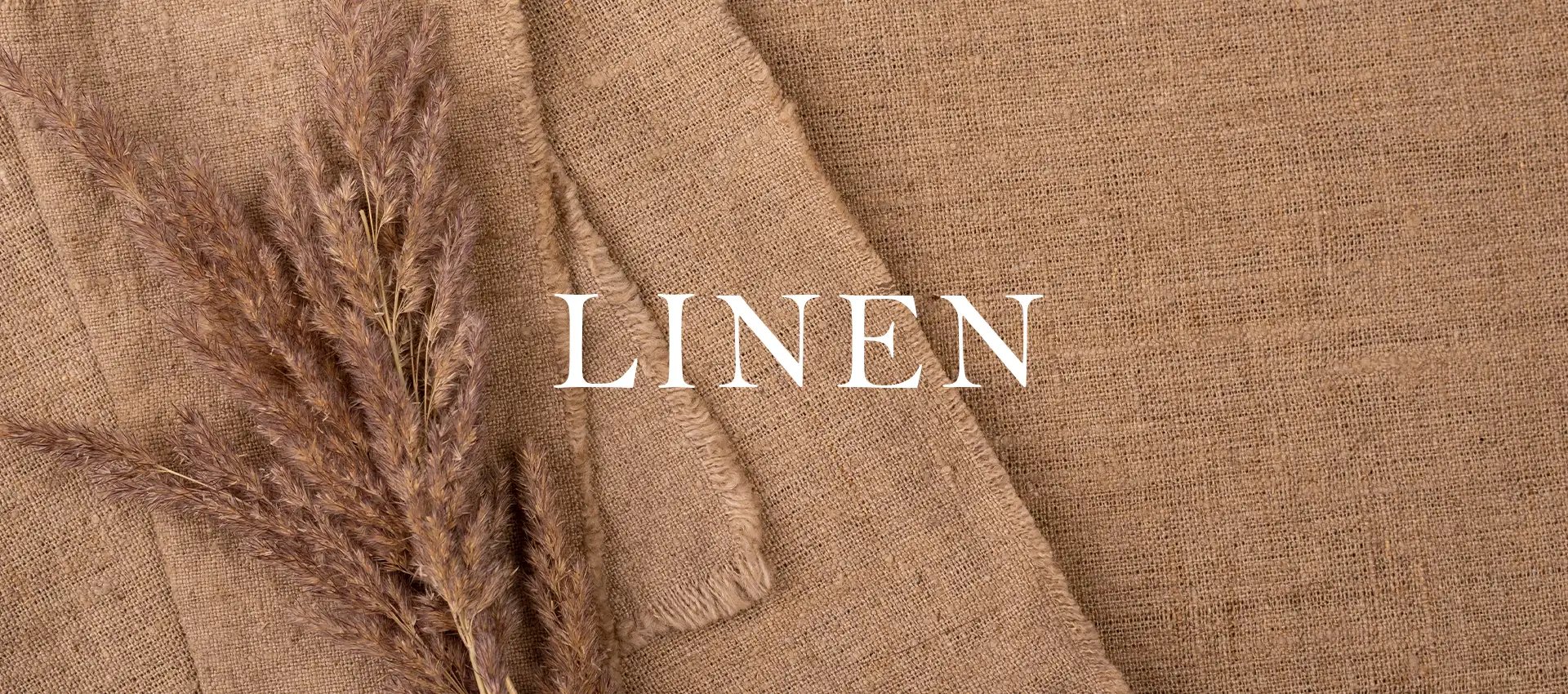
A Comprehensive Guide To Linen Fabric
Linen is a unique fabric made from the stems of flax plants. It is used for making clothes and homeware. It is more relaxed than cotton and dries faster in hot weather. However, it is harder to make than cotton, so less Linen is made, but some countries like China still make it. Pure linen fabric can be identified by its distinct texture and appearance. It has a heavy, slightly rough feeling to the touch and is usually a bit stiffer than other fabrics. In addition, it is typically a bit more translucent than other fabrics, and when held up to the light, it has a slightly shimmery effect. The fabric also has a natural wrinkled appearance that distinguishes it from other fabrics. We hope these linen characteristics are helpful for you in your purchases.
History of Linen
Linen is an ancient fabric first used in Europe and Mesopotamia 36,000 years ago. Ancient Egyptians and Greeks used Linen for clothing, even as a form of currency. By the 12th century, Europe began regulating flax production, and Ireland became the production centre. In the 18th century, Belfast was known as ‘Linenopolis’ because of its line trade.
Linen: Then and Now
Today, Linen has become a niche product, used mainly to make a few select textile products. Despite its long and illustrious history, this fabric is no longer considered fashionable due to the complex and labour-intensive process needed to produce it. In fact, it was the same difficulty of production that discouraged linen production thousands of years ago – and while the challenges facing linen producers are different today, it is still a difficult and expensive fabric to make.
Process of making Linen
Have you ever wondered how linen fabric is made? From the raw cellulose fibre found in the stems of linen plants to spun yarn and finally dyed and treated, the process of making linen fabric is fascinating.
The first step is extracting the flax fibre from the woody interior of the flax stalks – this used to be done by soaking raw flax stalks, but today, manufacturers may use chemicals instead. However, all remaining toxic substances are washed away before spinning.
Flax plants are then planted in the cooler part of the year and grown for 100 days before being harvested. Machines are usually used for sowing and harvesting, and herbicides and tilling are employed to prevent weeds from taking over the crop.
Once the flax stalks are yellow and their seeds are brown, their fibres must be separated from their soft, woody interior. This process, called retting, can damage the delicate flax fibres if not done correctly. Next, the decomposed stalks are broken up and combed into thin strands before being spun on an industrial machine into yarn.
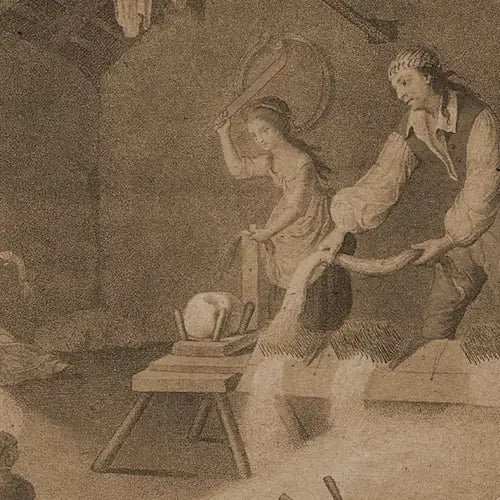

To ensure the yarn won’t fall apart, it must be reeled in wet, humid conditions and run through a hot water bath. Finally, the finished yarn is dried and spun onto bobbins. Now it’s ready to be dyed, treated and made into apparel or other textile products.
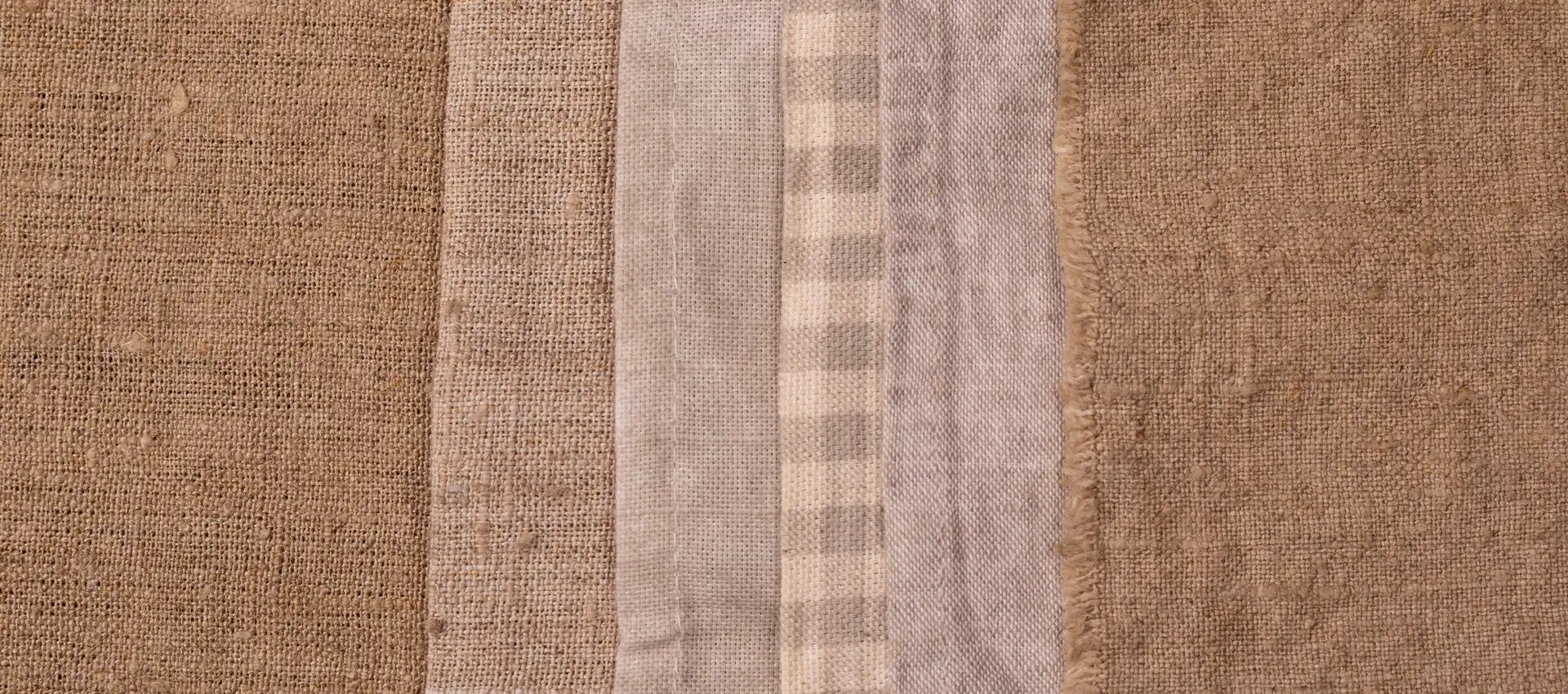
Linen uses and properties
Linen has been one of the world’s most famous textile products throughout history. Ancient Egyptians and Renaissance Irish used it as their primary apparel and homeware fibre source.
While Linen still plays a role in the global textile market, cotton has largely replaced its applications. However, in hot climates, Linen is still widely used to make everyday clothing due to its ability to wick moisture away while remaining breathable.
Linen can make anything from cotton or wool, such as shirts, pants, dresses, jackets, blazers, and vests. Additionally, this fabric is famous for lingerie, nightgowns, and dressing robes.
Utilizing Linen for homeware is also common. Items such as napkins and tablecloths are often made from this fabric, and hand towels, kitchen towels, and bath towels can also be found. Although cotton has become the preferred material for bedding, linen pillowcases and sheets are still available and are known for their long-lasting durability. Additionally, Linen is utilized in the production of canvases for painting.
Places where linen fabric is produced
China is the world’s largest producer of Linen. However, producing high-quality linen products is still integral to the cultures of many European countries such as Ireland, Italy, and Belgium. The United States also has a substantial amount of Linen, primarily for homewares.
Price of linen fabric
Unprocessed linen yarn is not available for individual purchase by the pound, but the cost of woven linen fabric ranges between $5 and $12 per yard. This makes Linen one of the most expensive natural fibres worldwide. However, despite its costly price tag, Linen remains highly sought after due to its unique benefits for specific niche applications.
Types of Linen Fabric and their uses
When it comes to linen fabric, all variations are derived from processed and spun flax fibre. However, the type of fabric produced depends on the weaving technique employed. Here are four main types of linen fabric:
Damask Linen – this ornate and delicate Linen is made on a jacquard loom, resulting in a fabric that resembles embroidery. It is not suitable for everyday use and is often used for decorative items.
Plain-woven Linen is used to make kitchen towels, hand towels, and cotton towels as it is highly durable yet quite loose in its weave.
Loosely-woven Linen – this fabric is highly absorbent but less durable than the other types. It is commonly used to make reusable diapers and sanitary napkins.
Sheeting Linen – this type of Linen is smooth and soft, and its close weave provides a high thread count. It is often used to make apparel.
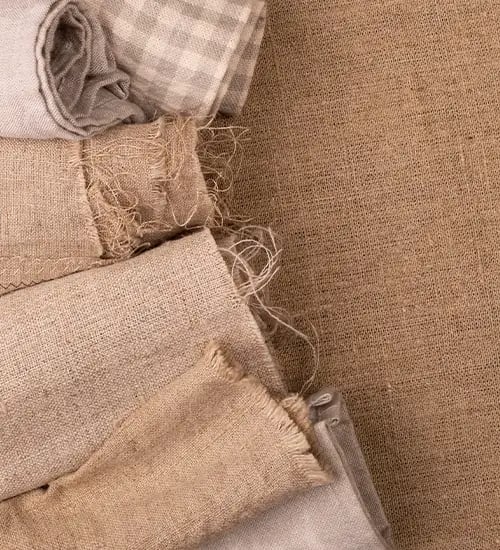
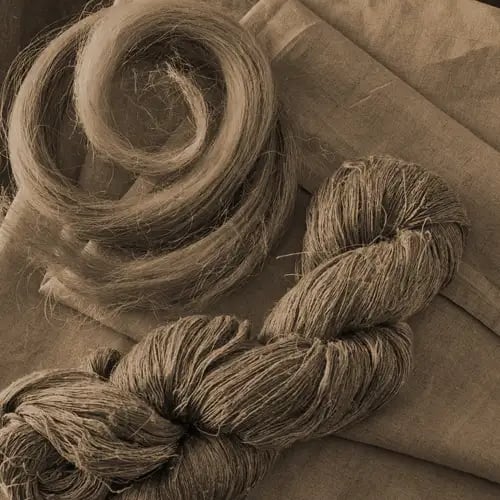
Comparison Of Different Fabrics
Italian linen fabric is soft and lightweight yet highly durable, making it ideal for clothes, bedding and upholstery. Its natural texture also makes it a great choice for draperies and curtains. While the cotton fabric has been used for centuries in clothing and textiles due to its softness, breathability, and durability.
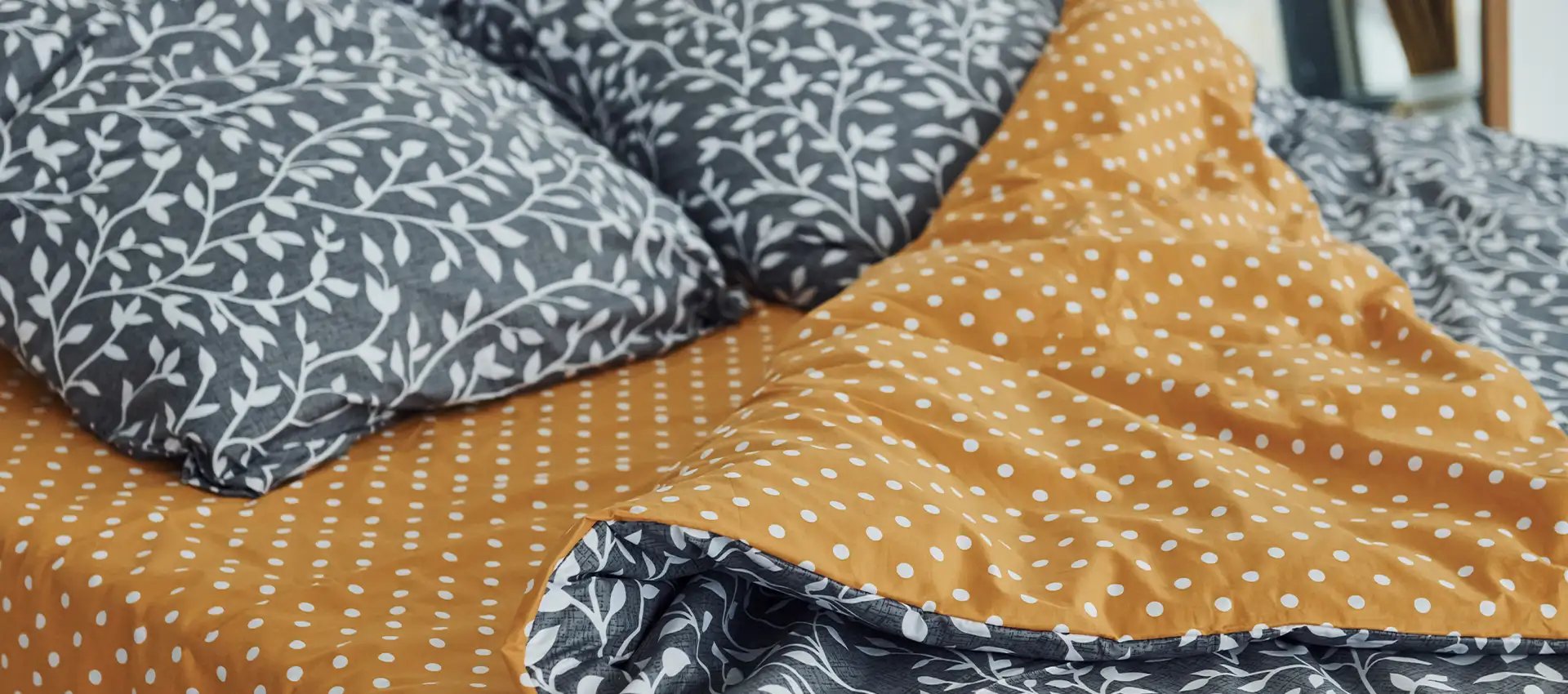
Linen’s Impact On The Environment
Linen fabric is made from flax fibres, separated from the woody inside of the flax stems. Usually, chemicals are used to do this, which can be bad for the environment. Some people try to use water instead, but it costs more money. Growing flax can also hurt the land; people making the fabric usually get paid less. However, Linen is one of the least damaging fabrics, and when it is grown correctly, it doesn’t harm the environment. So to summarise if is Linen bad for the environment? The answer is no. Linen fabric for clothing will gain a substantial foothold in the textile industry eventually.
ABOUT US
QUICK LINKS
CATEGORY
CUSTOMER CARE

Handcrafted Organic Clothing

CUSTOMER SUPPORT

WORLDWIDE SHIPPING
COMPLETELY SAFE AND SECURE PAYMENT METHOD
We accept Netbanking, all major credit cards.
